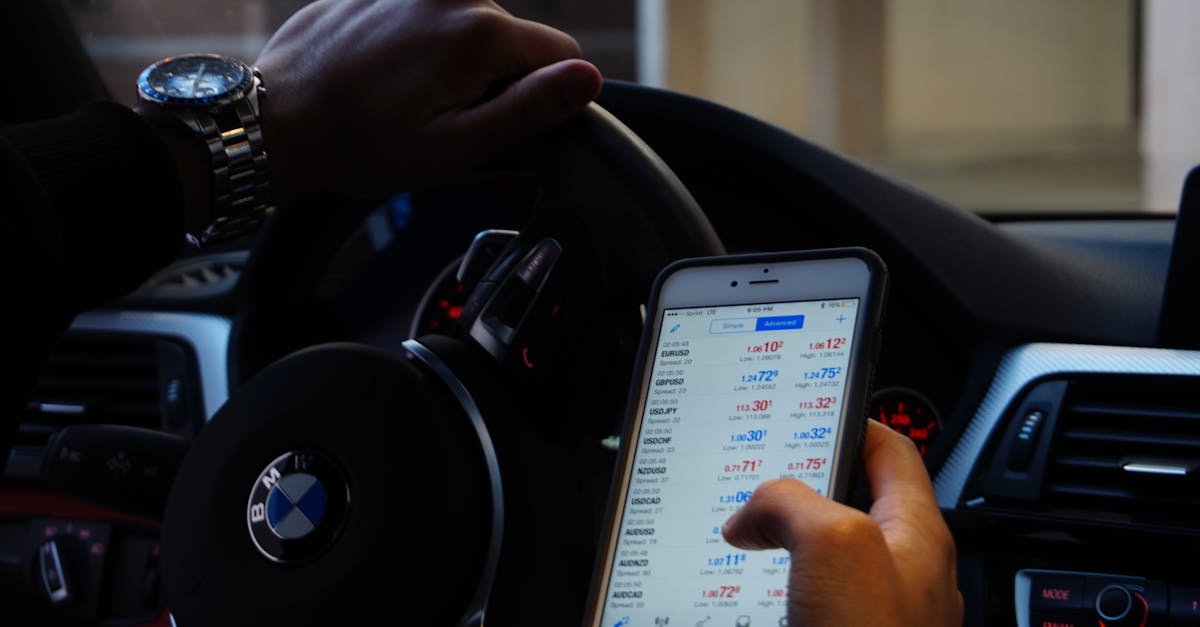
iot devices
Table Of Contents
In the rapidly evolving landscape of technology, iot devices have become integral to the way we interact with our environments. These devices, which range from smart home appliances to industrial automation systems, rely heavily on effective communication protocols to function seamlessly. Understanding IoT protocols for communication is crucial for developers and users alike, as these protocols facilitate the exchange of data and ensure interoperability among the vast array of iot devices available today.
The significance of iot protocols for communication extends beyond mere connectivity; they lay the groundwork for the future of smart technology. By standardizing the way devices communicate with one another, these protocols enable smarter integration, enhanced security, and improved performance. As more individuals and businesses adopt iot devices, the importance of robust and reliable communication protocols cannot be overstated, as they are the backbone of a truly connected world.
Privacy Issues with IoT Technologies
Such advancements in IoT technologies have introduced a new set of privacy issues for users. Connected devices can be vulnerable to unauthorized access, putting personal data at risk. Many IoT gadgets often collect sensitive information which, if not properly secured, can lead to breaches of privacy. Additionally, the lack of standardized security protocols across different gadgets can create gaps that hackers can exploit.
Consumers may not be fully aware of the likely vulnerabilities that come with using IoT technologies. This lack of knowledge can lead to carelessness in managing their privacy. Consistent updates and patches are essential for maintaining the integrity of these devices, yet many users fail to implement them. Inadequate user education on the best practices for safeguarding IoT devices can further exacerbate these issues. Tackling these privacy challenges is crucial for ensuring a safer experience in the evolving landscape of connected technology.
Ensuring Security when Using IoT Technologies
In today's smart technologies, ensuring security has become a concern for users. IoT technologies often collect significant volumes of user data, which can possibly exposing confidential information. As a result, it is important for users to implement steps to secure their data.
One effective way to improve security is by enabling the inherent safety measures of IoT technologies. Periodically updating apps can assist in fixing any potential vulnerabilities. Moreover, users should be mindful of the access rights granted to applications associated with these technologies. Through such practices, individuals can greatly limit their risk of security incidents.
Methods to Incorporate IoT Devices for Your Home
Integrating IoT devices for the house might improve convenience and efficiency. Start by choosing smart devices that suit your lifestyle. As an illustration to start is by setting up smart lighting that can be adjusted via an app. Such a step not only brings ambiance to your home but also saves energy.
Additionally, considering the integration of smart thermostats can greatly benefit your house comfort. Such devices allow you to control your home's temperature efficiently and can adjust to your preferences over time. Incorporating IoT devices like connected security systems can also boost the protection of your house. By taking these steps, you can create a significantly more smart living space.
Simple Methods to Get Started with IoT Devices
Getting engaged with IoT technologies may seem overwhelming at first. However, sticking to a few easy ways can make the process. First, choose an IoT ecosystem that matches your preferences. Such a ecosystem might include cloud platforms or applications that enable the integration of various gadgets.
After that, confirm that your gadgets are able to connect with the ecosystem you have selected. Linking your IoT technologies involves installing the necessary software and updating their firmware if needed. As soon as everything is set up, one can begin exploring the various capabilities and features that IoT technologies offer, creating a more connected atmosphere.
Discovering Potential of Internet of Things Devices in Medical
Discovering implementation of Internet of Things gadgets in medical possesses immense capabilities to transform patient care. Such advanced gadgets enable real-time monitoring of patients' vital signs, resulting in more effective diagnoses. Connected technologies accrue critical data, enabling healthcare providers to analyze trends and make more informed treatment plans.
Additionally, the utilization of Internet of Things gadgets in medical improves operational efficiency within medical facilities. Smart instruments can automate routine tasks, liberating healthcare professionals to focus on patient interaction. This technology also encourages better communication between patients and providers, fostering a more integrated healthcare environment that ultimately leads to improved patient outcomes.
Ways IoT Devices are Revolutionizing the Medical Industry
The IoT gadgets are valuable tools in the healthcare sector. They allow real-time monitoring of patients, which provides improved patient care. Employing connected gadgets, medical staff can monitor vital signs and biometric data remotely, ensuring that prompt interventions can be made when necessary. This innovation not only boosts the efficiency of clinical practices but also empowers patients to take charge of their own health.
In addition, IoT gadgets enhance hospital operations and logistics. By the use of connected systems, healthcare providers can efficiently manage inventory and records. This reduces the chances of errors and guarantees that medical teams can focus more on supporting patients rather than administrative tasks. In summary, the integration of IoT gadgets in the healthcare industry is paving the way for a more responsive ecosystem that benefits both clients and medical professionals.